Ancient news stories
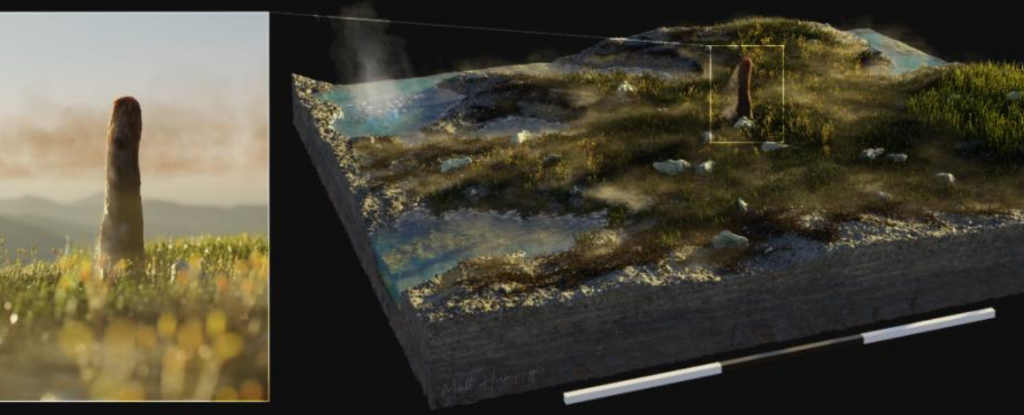
Researchers in the UK have now suggested in a report that is yet to be peer reviewed that there’s a very good reason these oddities don’t fit neatly on the tree of life – they belong to a branch all of their own, with no modern equivalent.

A new study reveals plants, fungi, bacteria, protists, and even some viruses deploy venom-like mechanisms, similar to that of venomous snakes, scorpions and spiders, according to researchers at Loma Linda University School of Medicine. The study is published in the journal Toxins.

The mortar, pestle and cutting board in your kitchen are modern versions of manos and metates—ancient cooking implements found in archaeological sites around the world. The latest findings were published last month in the journal American Antiquity.
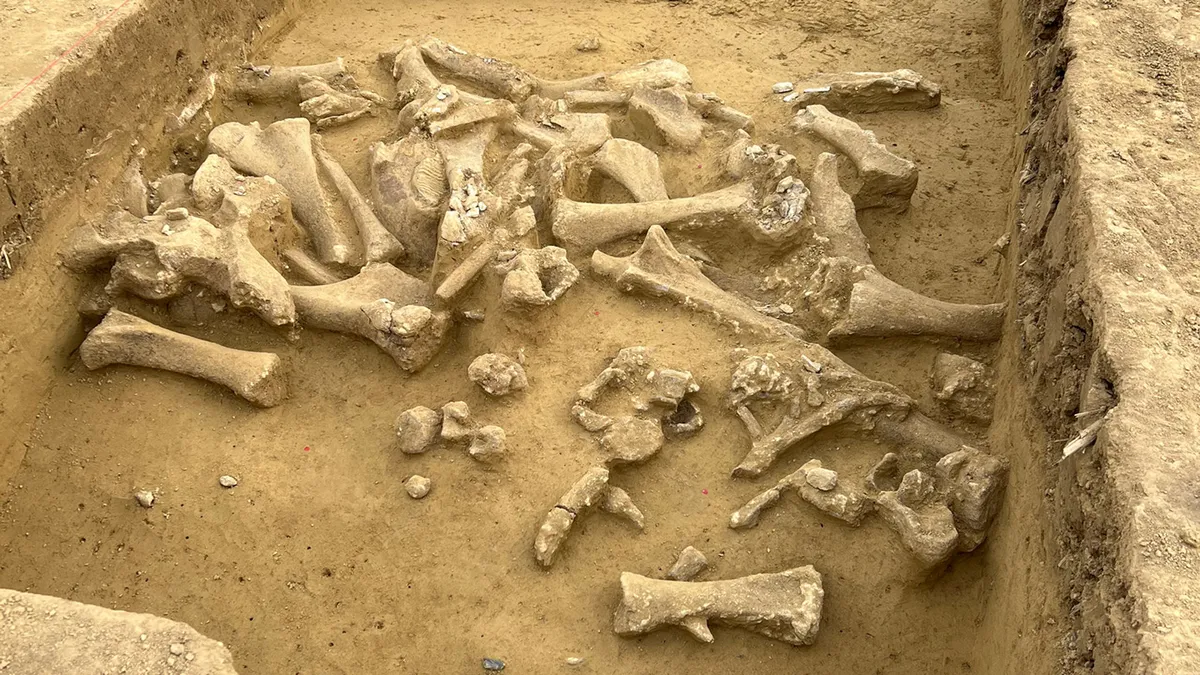
Archaeologists have discovered the remains of at least five woolly mammoths at a site in Austria. The remains suggest that ancient humans processed the mammoths’ ivory tusks 25,000 years ago.

The discovery of bone implements that are the oldest ever found, by far, casts light on human evolution. It shows that our hominin ancestors were able to think about and make this technology a lot earlier than anyone realised. The research was published in Nature.
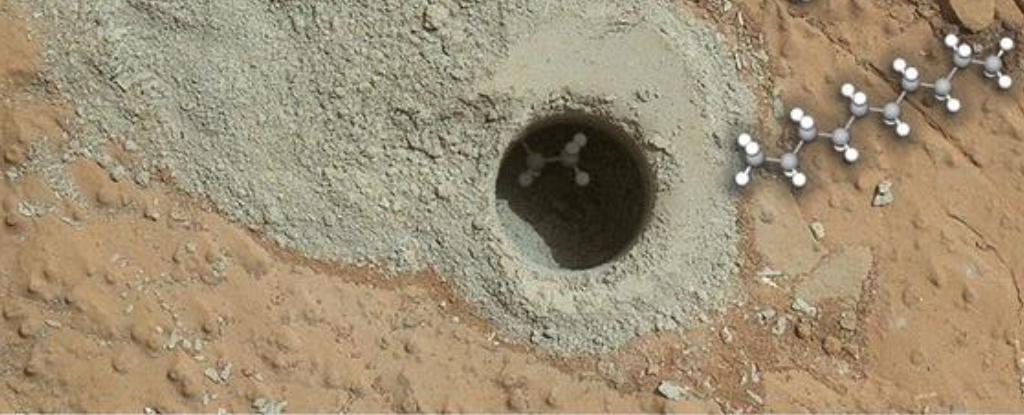
Chains of up to a dozen carbon atoms have been detected in what appears to have been an ancient lakebed on Mars, contributing to a growing library of compounds that could be a vital clue about the history of life on the red planet. This research was published in PNAS.
Papers published in Astronomy & Astrophysics and the Astrophysical Journal suggest astrophysicists need to update their theories on how galaxies evolve.

A team of botanists with members from Muse–Museo delle Scienze, Udzungwa Corridor LTD, Via Grazia Deledda and the National Museum of Kenya has discovered a new species of tree growing in the mountainous rain forests of Tanzania. In their paper published in the journal Phytotaxa, the group describes how and where the tree was found and its characteristics.
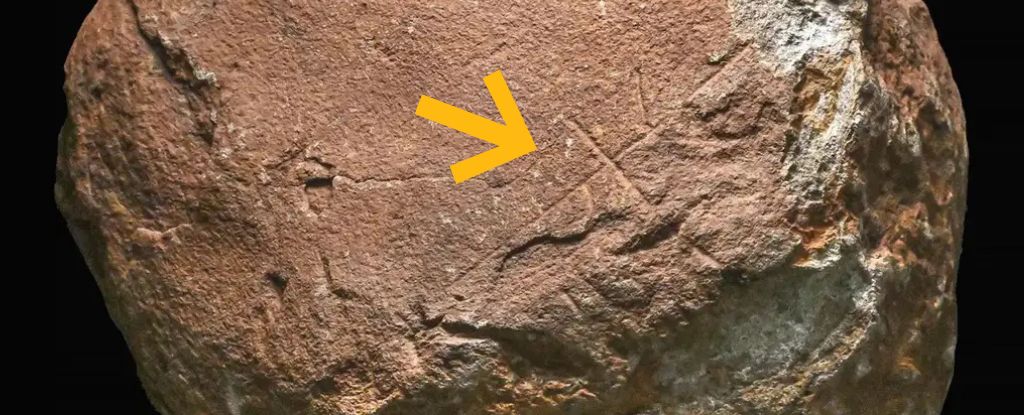
It may look like just another random boulder, but this old Spanish rock bears engraved lines that could be an astounding 200,000 years old, according to government officials.
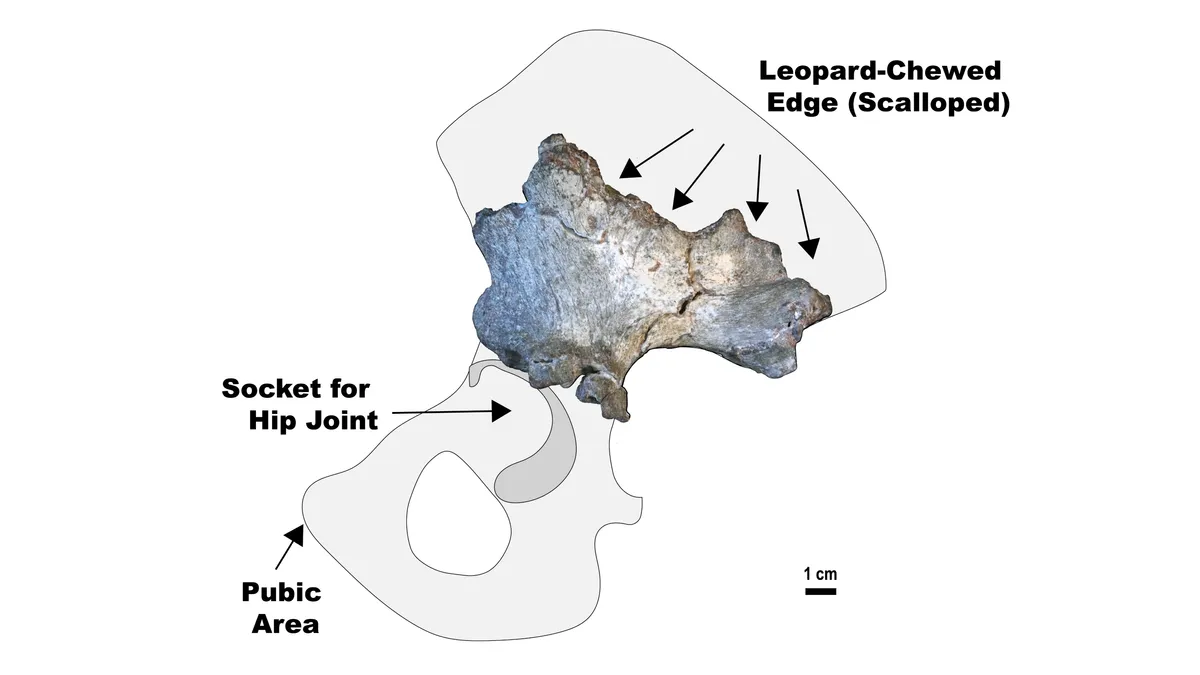
One of the smallest human relatives ever found has been unearthed in South Africa…The researchers described their findings in the April issue of the Journal of Human Evolution.

A new study by Dr. Margherita Mussi, published in Quaternary International, highlights how naturally occurring basalt spheres may have been used by hominin species as a type of tool for more than 1 million years.
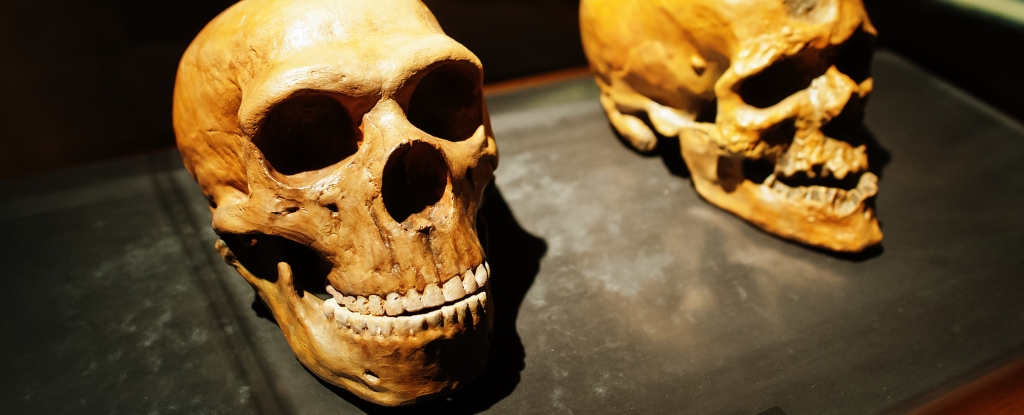
University of Cambridge researchers have now uncovered an estrangement in our family tree, which began with a population separation 1.5 million years ago and a reconciliation just 300,000 years ago. The research was published in Nature Genetics.

Few plants are more celebrated in Egyptian mythology than the blue lotus, a stunning water lily that stars in some of archaeology’s most significant discoveries.

Near the local storefronts lies the site of an excavation that unearthed stone tools from 150,000 years ago—the earliest sign ever of humans inhabiting a tropical forest…”The results represent the oldest yet known clear association between humans and this habitat type,” they wrote in their paper, published in the journal Nature last month after years of research.

The ancestors of all modern humans split off from a mystery population 1.5 million years ago and then reconnected with them 300,000 years ago, a new genetic model suggests. The unknown population contributed 20% of our DNA and may have boosted humans’ brain function.

The red tape of government bureaucracy spans more than 4,000 years, according to new finds from the cradle of the world’s civilisations, Mesopotamia.








